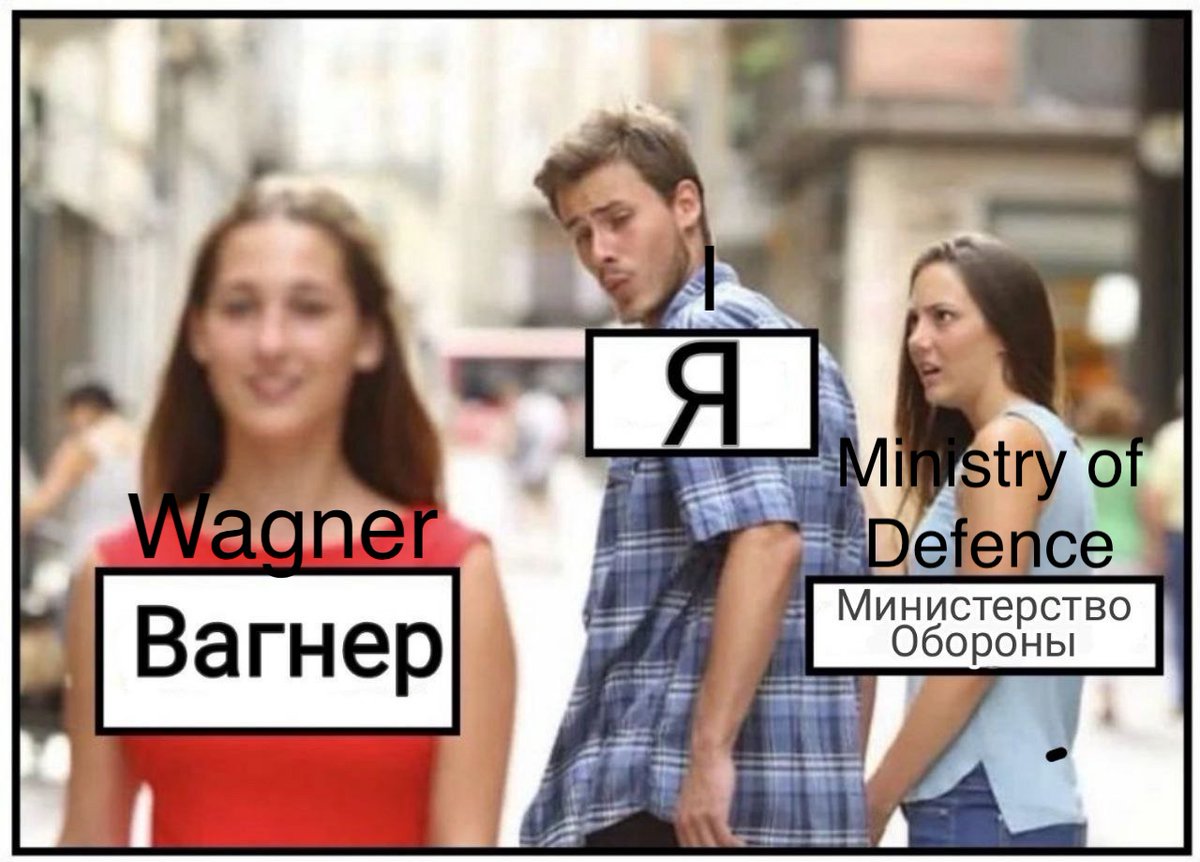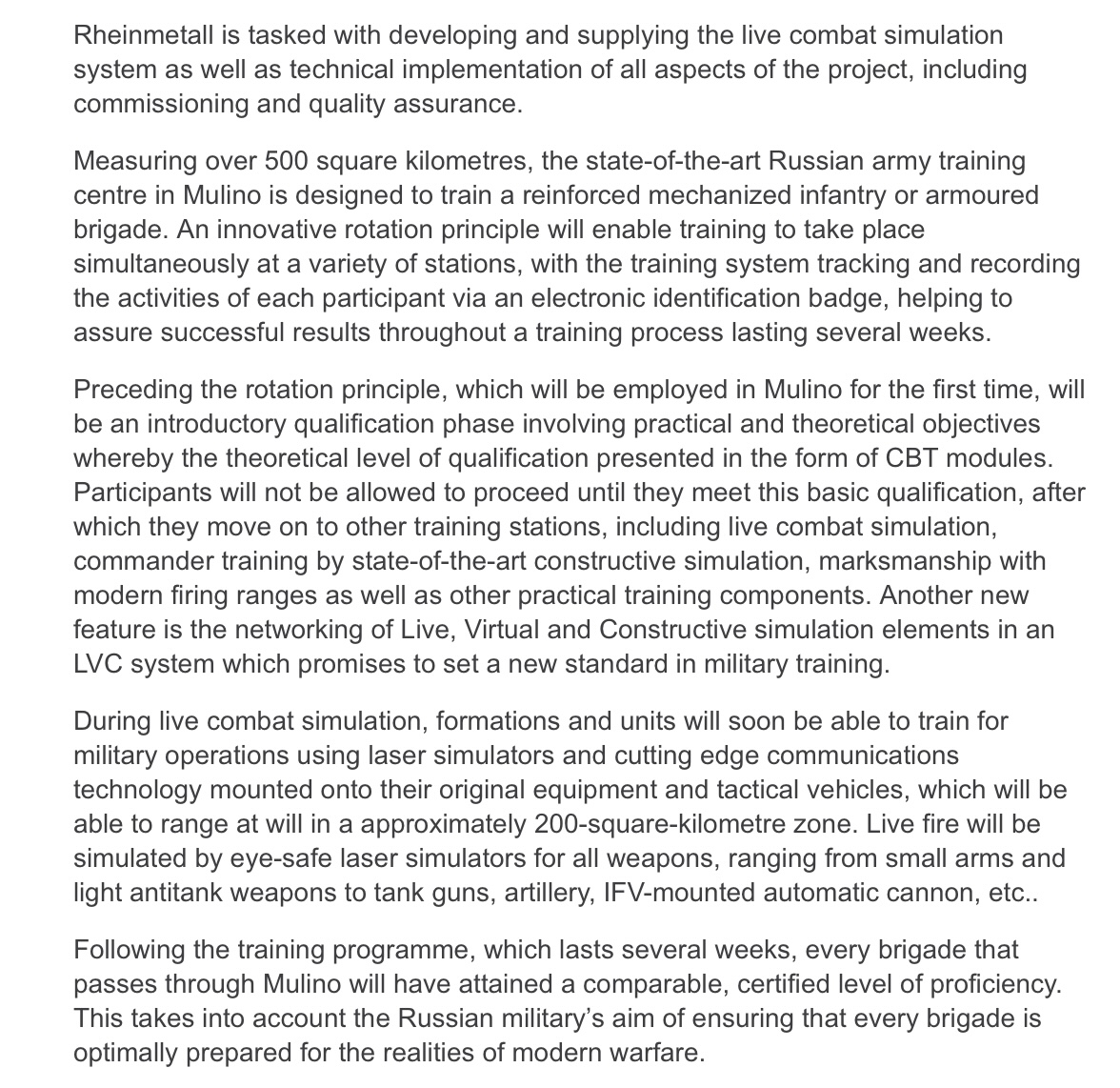In modern Russia the words "musicians" and "orchestra" have acquired new connotations. In war-related materials they serve as references to the "Wagner" mercenary company which fought for Putin in Syria, Central Africa and now in Ukraine
(a short promo 🧵 for the #rheinmetall)
(a short promo 🧵 for the #rheinmetall)
Wagner is founded by Evegeny Prigozhin, a St Petersburg businessman close to Vladimir Putin. Prigozhin either made his fortune in restaurant business or used restaurants as a cover. Later he would organise catering for the Russian leadership, so Prigizhin was called Putin's cook 

Wagner company grew big. A list of their job openings from their Vkontakte page. That gives some idea about the idea and variety of equipment they are using. That's a full scale private army vk.com/pmcworld 

Being named after Richard Wagner, this company calls itself an "orchestra" and its mercenaries - "musicians". On the right you see the Wagner recruitment billboard in Yekaterinburg:
"Orchestra W is waiting for you"

"Orchestra W is waiting for you"


This photo pretty much summarises the Wagner iconography. "Musical references". "Brat" movie - I wrote about its enormous impact on the modern Russian state cult. And of course the hammer 

The hammer is a reference to the Wagner mercenaries in Syria executing a Syrian deserter from Bashar Assad's army. They beat him with a hammer, cut off his head and hands and burnt whatever remained from the body 

Here you can find the photos (graphic) and if you want, google translate the material
novayagazeta.ru/articles/2019/…
novayagazeta.ru/articles/2019/…
Professionals from Wagner are more often used on risky missions than those in the regular Russian army. On the other hand, they are better compensated - and making memes about Wagner service being more lucrative than the regular army service 

But in order to train their troops, Wagner uses the same Rheinmetall-built military infrastructure. Look at their advertisment, where they call volunteers to a "Molkino" village. They mean Mulino 

A journalist of Meduza called Wagner introducing himself as a volunteer. And they told him that for the first month of service they're gonna train on the Mulino training ground and only then go to Ukraine meduza.io/feature/2022/0… 

Wagner mercenaries are being trained on the same Rheinmetall-built Mulino training ground as the regular Russian army. The end of a short 🧵 



PS clip in the beginning is Лето и арбалеты you can watch it on YouTube
An earlier thread on the Brat movies that are constantly referred to by Putin, Rogozin and ofc Wagner. That's the canon of the modern Russian state cult
https://twitter.com/kamilkazani/status/1539258381243908096
• • •
Missing some Tweet in this thread? You can try to
force a refresh







